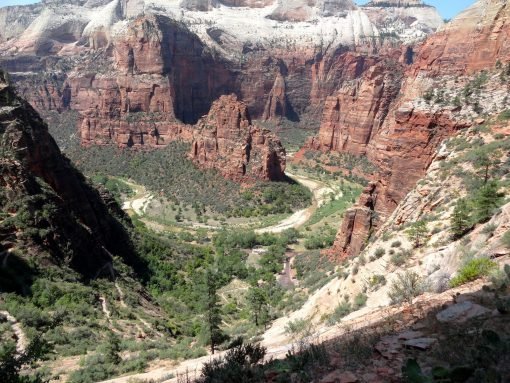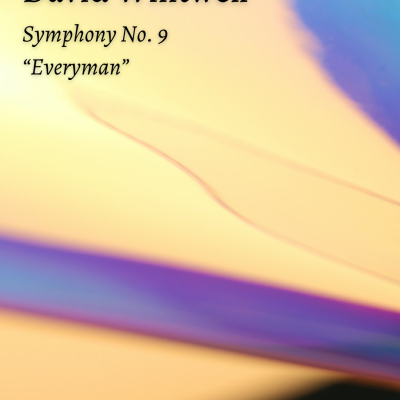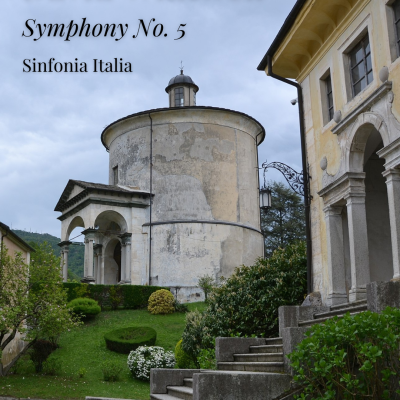Description
Jerome Sorcsek
The Iron Garden
I. The stillness of that which is vast
II. The persistent silence of presences formed throughout time
III. The rumor of life from that which is inanimate
IV. The appearance of small entities within immense places
V. The exultation of that which is purely physical
Year: 2017
Instrumentation: Concert Band
Duration: 36 min
Difficulty: Medium Advanced, Level 5
In April 2017, I was on a tour of five national parks in southern Utah. The preponderance of iron—now mostly iron oxide—in the region had me thinking about the origin of the metal there and its presence so near the surface of the planet. What I found really interesting were the widespread evidence of significant erosion of mostly sedimentary rock and the idea that during intermittent periods this region was under water. Now rivers—the Colorado, the Green, and the Virgin—continue to flow through the canyons that came about through the slow, (as humans might consider it) seemingly eternal, work of nature. Standing on a canyon floor looking up toward the top of the canyon, or gazing at mesas and buttes on the horizon, one would think of mountains that were formed by the upward thrust of seismic activity. Yet, these points of higher elevation were at one time the surface and are now those parts of that surface that remained behind as surrounding areas were worn down through erosion as water poured over them from higher elevations further east.
On a return trip to one of these parks—Zion National Park near the southwestern corner of Utah—I hiked on the East Rim Trail starting at Weeping Rock, a few hundred feet east of the Virgin riverbed. The trail is heavily switch-backed with an elevation gain of 2100 feet at the junction with the Observation Point cutoff. The trail to the point is a flat, crescent-shaped traverse to the edge of the East Rim over powdery red sand permeated with that iconic iron oxide. This combined with outcroppings of scrub vegetation gives one a sense of approaching a shoreline, and at one time this was essentially that.
During the brief interval of six months between these two visits, I composed this five-movement work that was motivated by my fascination with this part of the world. The title alludes to erosion and the effect of a garden growing from the surface into the ground rather than from the ground up. The fruit of the garden is the iron oxide infused red rock. It is a piece that celebrates nature.
Musically, the entire work is built upon four intervals: the perfect fourth, the perfect fifth, the major sixth, and the minor ninth. All the music grows from these intervals; entire themes and sections of material evolve as the intervals are combined and manipulated. Material is repeated throughout the sequence of movements with modification, and as well, there are forward references in earlier movements to those that follow. Thus, the work is cyclic and organic. The basis for the music in those four intervals mirrors the elemental unity found in nature.
The titles of the individual movements tend to seem cryptic, and I’ll explain. “The stillness of that which is vast”, the title of the first movement, is a generalization and not necessarily accurate. The statement is made from the standpoint of one viewing a wide horizon from a high elevation, and doesn’t take into account activity on the ground level. The second movement title, “The persistent silence of presences formed throughout time”, is an overstatement of the obvious. These “presences” are hoodoos, rock formations that of course will be silent even though they suggest a human form. “The rumor of life from that which is inanimate”, the third movement, mainly refers to massive rock walls in Arches National Park and the temptation to imagine that they might be ruins of buildings. But constructed by whom? No, they are simply more manifestations of the effects of erosion. The fourth movement title is the least mysterious of the five. “The appearance of small entities within immense places” is about wildlife denizens of the area: antelope, bighorn sheep, mule deer, ravens, rabbits. Yet, there is a brand of stillness about them in their habitat that possibly lends credibility to that first movement statement after all. Finally, the fifth movement, “The exultation of that which is purely physical”, reverses the effects on the emotions of humans when they ponder nature and sense something as vast as these expanses of land. It is all simply nature. The grandiose character of the music masks irony, yet exults existence itself and the ultimate end of everything. This leads back to erosion, the principle force at work here.
The spring 2017 trip began and ended in Salt Lake City; and on attending the noon organ recital in the Mormon Tabernacle on the last day and enjoying the acoustics of that hall—live yet warm with all the wood in the construction of it—I first had the idea of composing a work about the week’s experiences and including a prominent organ part in the scoring. It would be nice to hear it played in this hall, I thought.
Jerome Sorcsek










